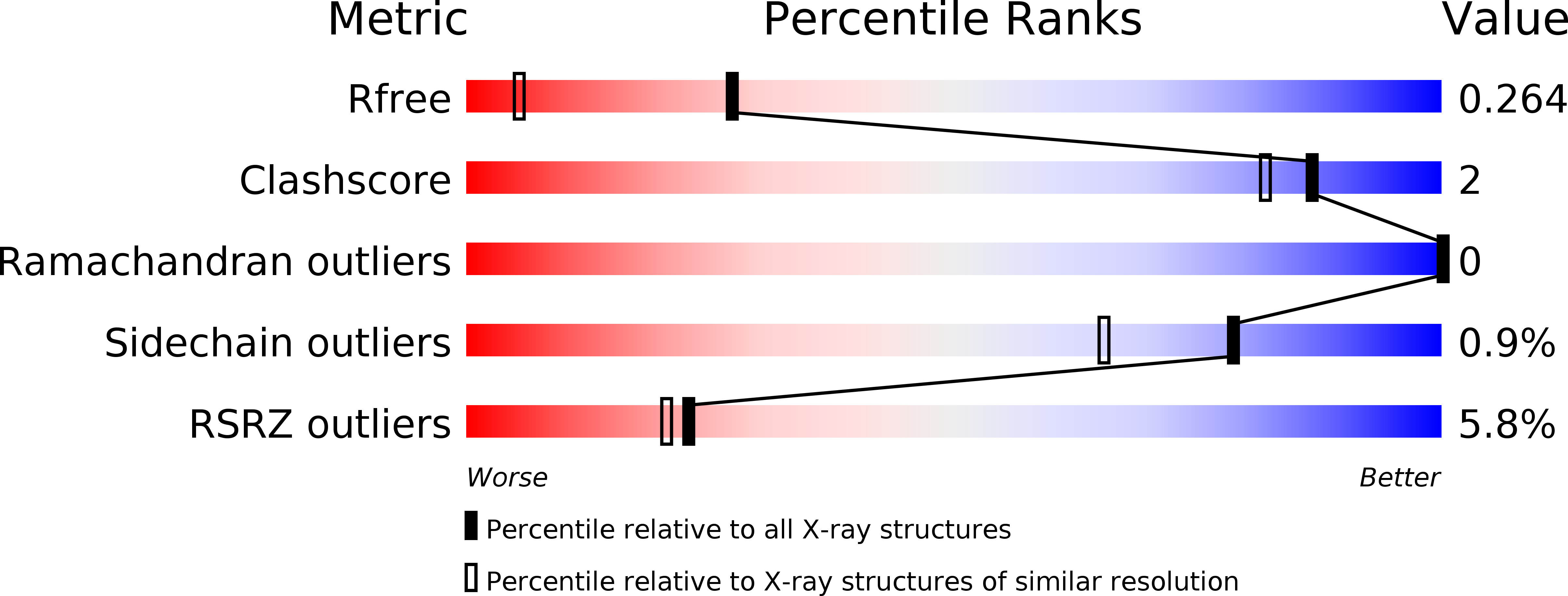
Deposition Date
2018-04-11
Release Date
2019-02-27
Last Version Date
2024-01-17
Method Details:
Experimental Method:
Resolution:
1.60 Å
R-Value Free:
0.26
R-Value Work:
0.23
R-Value Observed:
0.23
Space Group:
P 1 21 1


